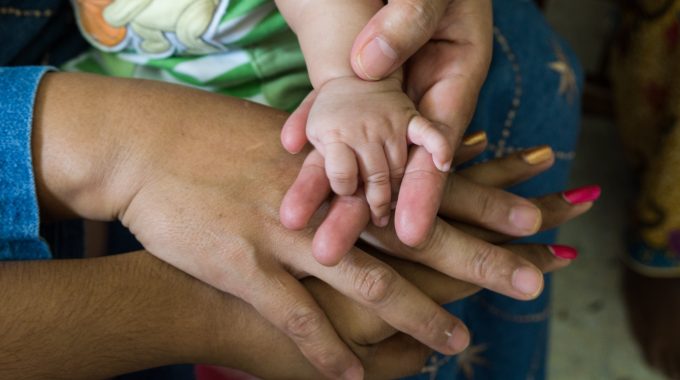On Sunday (12 April), Senior Minister (Security Cluster) Datuk Seri Ismail Sabri Yaakob encouraged domestic…
Testing is NOT Prevention
HIV/AIDS Prevention for Women from a Gender Perspective
On 13 November 2001, the Johor State government stated its intention to enforce pre-marriage HIV tests on muslim couples.
At the Special Briefing on “Testing is NOT Prevention” held by the Malaysian AIDS Council on 26 November 2001, WAO issued this press statement on HIV/AIDS Prevention for Women from a Gender Perspective.
HIV/AIDS PREVENTION FOR WOMEN FROM A GENDER PERSPECTIVE
WAO reiterates our firm belief that Testing is Not Prevention by first challenging the two premises underlying mandatory testing.
Firstly: the premise that religious authorities should assume the responsibility of protecting women from HIV positive men who will infect their wives, and that these women are unable to safeguard their rights to health. This premise accepts the notion that women cannot refuse sex, and as such, as wives, they will have to comply with their husbands’ desires. However, women can be prevented from infection if their husbands use condoms each and every time. But given unequal gender relations, women find it difficult to negotiate or insist on the use of condoms and may in a worst case scenario, risk domestic violence as experienced by hundreds of women who seek shelter at our WAO Refuge.
Unequal gender relations or unequal power relations between men and women is a fundamental reason why women are more vulnerable and get infected. They lack the power to determine where, when and how sex takes place. If prevention is the objective, policies and programmes must address gender inequality. A protectionist strategy in the long term does not seek to educate and empower women to safeguard their rights to health, but only serves to maintain the status quo of women’s position.
The second premise is that once the couple have been found to be negative, all is safe during marriage. However, there is no guarantee that the couple will not be infected during the marriage, given again the social norms that encourage men to seek sex outside of marriage, whilst discouraging women fro questioning their partner’s sexual activity outside of marriage. As more and more women get infected, a large proportion of them are married women who are being infected by husbands who indulge in risky sexual behaviour. Here again, a preventive strategy must address unequal gender relations and specifically, male priviledge in the area of sexuality.
What is the gender impact of mandatory testing?
Both men and women will face discrimination once it is known they are HIV positive. Aside from taking away their right to get married, they may face discrimination in their workplace and in some instances, they may not be allowed to rent or live where they want. However, the backlash on women will differ given the social expectations on how a woman should behave. Women who are HIV positive face different social sanctions, being judged as immoral and shunned by family and community.
Recommendations
The UNGASS Declaration on HIV/AIDS, dated 27 June 2001, recommends that prevention be the mainstay of our response. The declaration urges that strategies include:
“challenge gender stereotypes and attitudes, and gender inequalities in relation to HIV/AIDS”,
“encouraging the active involvement of men and boys”, and
“by 2005, bearing in mind the context and character of the epidemic and that globally women and girls are disproportionately affected by HIV/AIDS, develop and accelerate the implementation of national strategies that: promote the advancement of women and women’s full enjoyment of all human rights; promote shared responsibility of men and women to ensure safe sex; empower women to have control over and decide freely and responsibly on matters related to their sexuality to increase their ability to protect themselves from HIV infection;”
Simply translated, we propose that both government and NGOs:
- Eliminate discrimination against women and work towards gender equality;
- Educate and empower girls and women on the issue of HIV/AIDS;
- Educate boys and men by challenging harmful concepts of masculinity and changing attitudes and risky behaviours;
- Educate and enable men to assume responsibility to prevent HIV/AIDS;
- Promote voluntary testing and provide accessible and confidential testing.





This Post Has 0 Comments